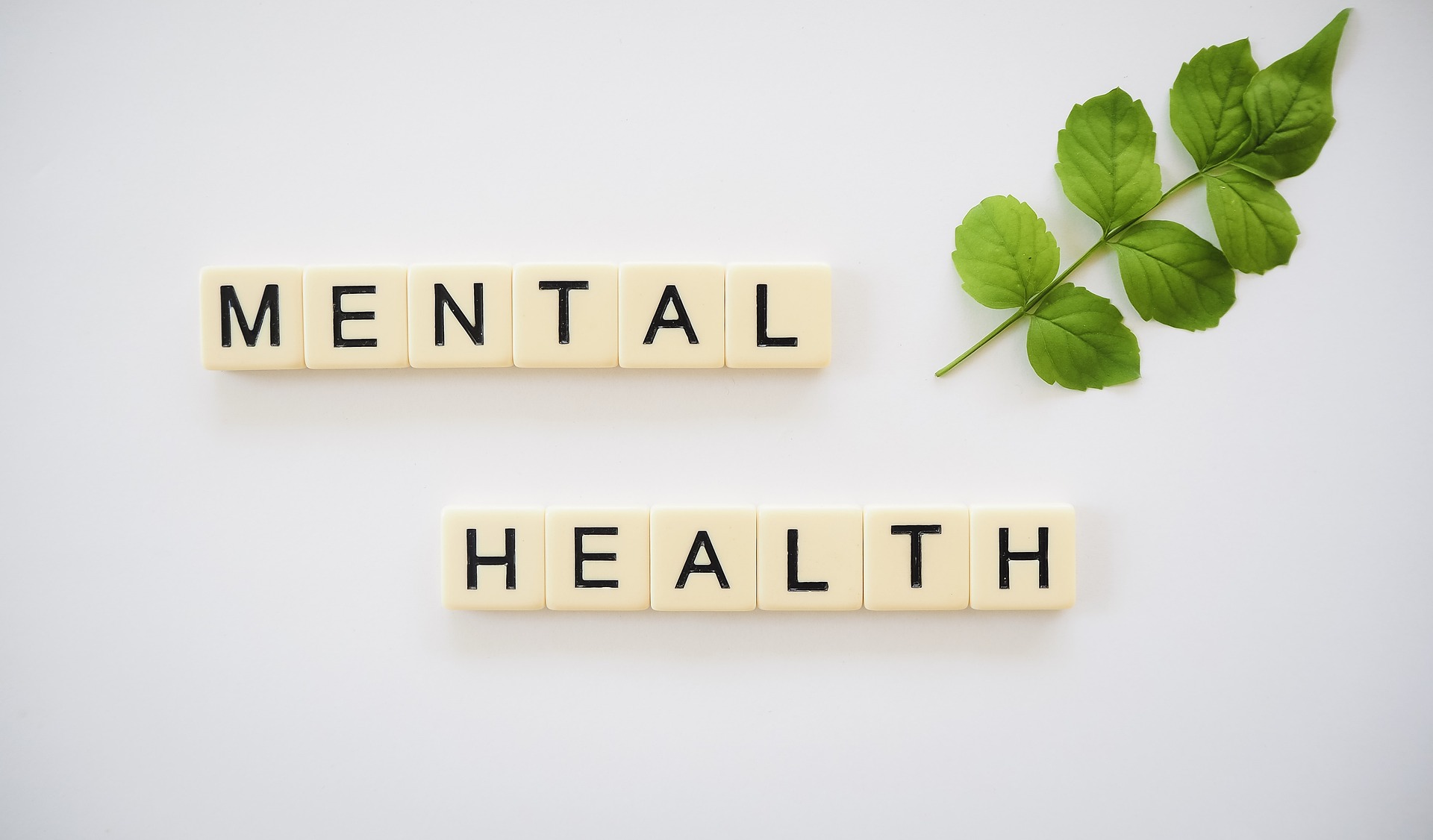Understanding the Invisible Battle: The Intricacies of Living with Anxiety
The complexities of the human mind have always intrigued researchers, psychologists, and laypeople alike. As our understanding of psychology has evolved, so too has our awareness of mental health disorders. Among them, anxiety stands as one of the most prevalent and debilitating. Despite its widespread occurrence, it remains shrouded in misunderstanding and stigma, often perceived as mere nervousness or fear. However, anxiety is far more complex and debilitating. It encompasses feelings of worry, unease, and dread, often coupled with physical symptoms such as a racing heart, sweatiness, and trembling. This article aims to delve into the historical perspective of anxiety, its current relevance, emerging trends, and the profound impact on people's lives.

A Historical Perspective on Anxiety
Historically, anxiety was not recognized as a distinct mental health disorder until the 20th century. Before that, symptoms that we now associate with anxiety were often categorized under different conditions like hysteria or neurasthenia. It wasn’t until the 1980s that anxiety started to gain recognition as a serious mental health issue, largely due to the publication of the third edition of the Diagnostic and Statistical Manual of Mental Disorders (DSM-III). The DSM-III classified anxiety as a separate category of disorders, marking a significant step forward in understanding and treating this condition.
Anxiety in Today’s Society
Fast forward to the present day, and anxiety disorders are now recognized as some of the most common mental health problems worldwide. According to the World Health Organization, an estimated 264 million people globally suffer from an anxiety disorder. This high prevalence has led to a growing acceptance and understanding of anxiety within society. However, the stigma associated with mental health issues still persists, often hindering those affected from seeking help.
Trends in Anxiety Disorders
An interesting trend in recent years is the increasing prevalence of anxiety disorders among young people. Studies suggest that Generation Z (those born between 1997 and 2012) has higher levels of anxiety compared to previous generations. This increase has been attributed to various factors, including the rise of social media, economic uncertainty, and climate change anxiety.
Moreover, the ongoing COVID-19 pandemic has further increased anxiety levels worldwide. Heightened fears around health, isolation due to lockdown measures, and economic uncertainties have all contributed to a global rise in anxiety disorders.
The Impact of Living with Anxiety
Living with anxiety can be debilitating and significantly impact an individual’s quality of life. It can affect all areas of a person’s life, from their personal relationships to their career. Anxiety can also lead to physical health problems, such as heart disease and gastrointestinal issues, further exacerbating the struggle faced by those living with this condition.
Despite these challenges, it’s important to note that anxiety disorders are treatable. With the right combination of therapy, medication, and lifestyle changes, people living with anxiety can lead fulfilling and productive lives.
Unique Insights into Anxiety
One unique aspect of anxiety that is not widely covered is its evolutionary purpose. Anxiety, in its most basic form, is a survival mechanism designed to alert us to potential dangers. It is this ‘fight or flight’ response that has allowed humans to survive and evolve over thousands of years.
However, in the modern world, this system can often be triggered unnecessarily, leading to chronic anxiety. Understanding this evolutionary perspective can provide valuable insight into why anxiety occurs and how it can be managed.
Conclusion
While significant progress has been made in understanding and treating anxiety disorders, there is still much work to be done. Continued research, education, and advocacy are needed to further destigmatize anxiety and ensure those affected receive the help they need. After all, mental health is just as important as physical health, and it’s time we treat it with the same level of seriousness and respect.




